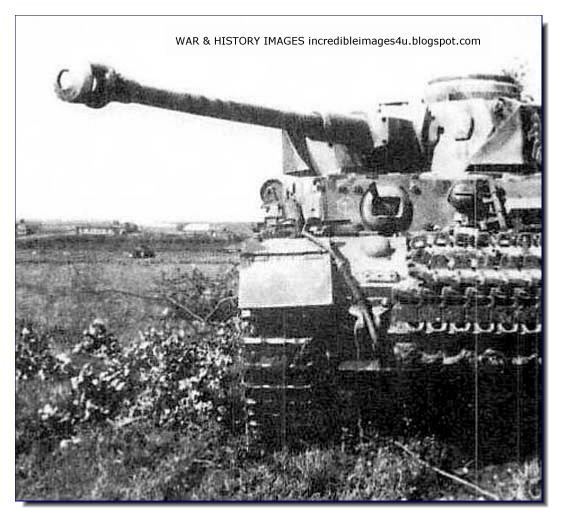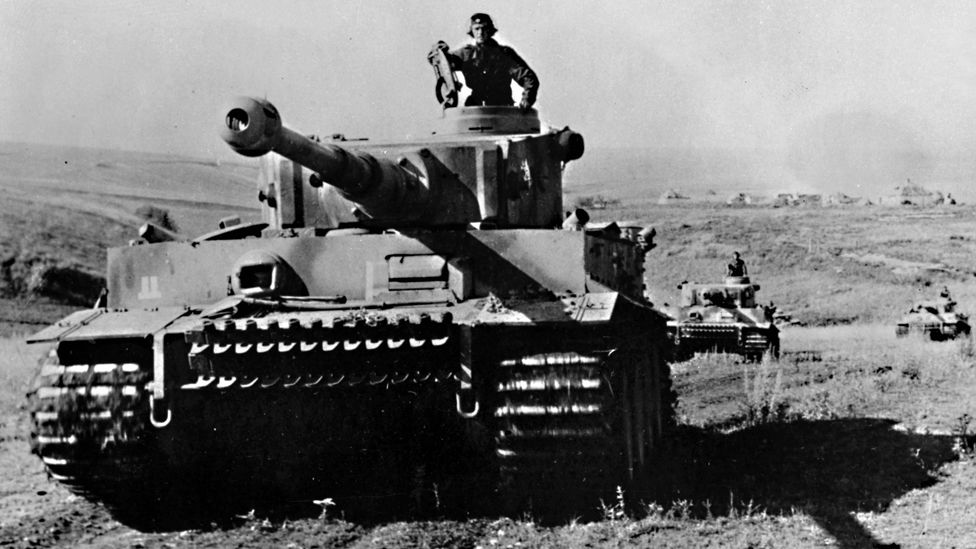
the heavy tank PzKpfw VI Tiger and the medium tank PzKpfw V Panther.

In order to take advantage of this dominance, the Soviet high command (Stavka) started frantic rearmament of the remaining units with these tank models, and the Germans accelerated the development work of the new later dominators of battlefields, i.e.

PzKpfw IV had little chance against the new Soviet tanks T-34/76 and KV. Both sides of the conflict noticed then that even the best armed German tank of that period, i.e. The Red Army managed to lead a victorious counter-attack near Moscow, thus saving its capital and opening a new chapter in the history of the Soviet armoured forces. The harsh winter and poor Russian roads stopped the Germans, through which the states of some Hitler’s armoured divisions were reduced by up to 50%. Example of armour strength of Soviet tank KV-1. The Wehrmacht used its armoured fists perfectly, which, according to Blitzkrieg tactics, were quickly breaking the front and surrounding Soviet forces. Initially the forces of the Third Reich quickly partook eastwards already in September 1941 the German troops were close to Leningrad, and in November, the 2nd Panzer Army of General Guderian stood near Moscow. to execute Operation Barbarossa, the Germans threw four armoured groups of about 3,000 tanks against the Red Army.

It was also the first test for new German medium tanks – PzKpfw V Panther and a demonstration of the strength of heavy tanks, PzKpfw VI Tiger. Thousands of tanks, guns, planes and almost 3 million soldiers stood in front of each other. The German offensive code-named “Zitadelle” carried out in the area of Kursk on the Eastern Front in the Soviet Union led to the largest armoured battle fought during World War II.


 0 kommentar(er)
0 kommentar(er)
